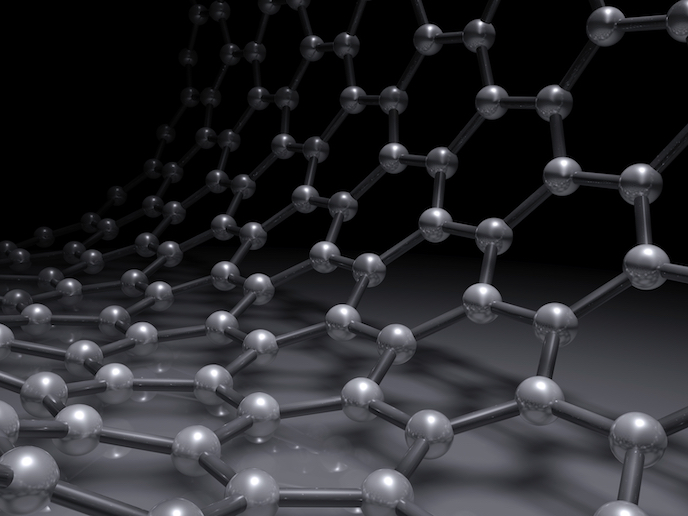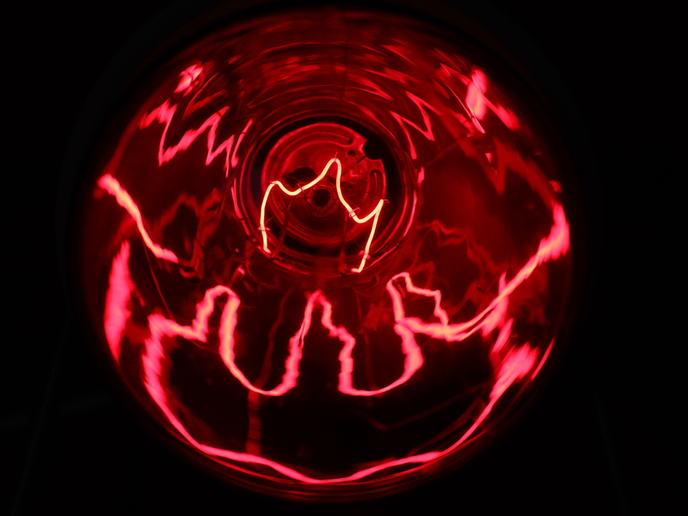Single-molecule circuits lead way for miniaturising electronics
Historically, the field of single-molecule electronics has been motivated by the possibility of extrapolating the consistent decreases to components with sizes in the order of atoms and molecules, with molecules being considered the smallest conceivable functional unit. “Single molecules have been shown to behave like electronic components such as wires, resistors and switches,” explains MOLCLICK project coordinator Dr Philippe Hapiot. “However, we are still a long way from understanding how to wire-up vast arrays of single-molecules into addressable circuits in a way that would capitalise on the size advantages of using a molecular-based system in the first place.” In an attempt to bridge this gap, researchers with the EU-funded MOLCLICK project investigated whether synthetic chemistry could be used to build complex circuits on surfaces. “Our aim was to develop different methods to build molecular circuits on surfaces, to find ways to evaluate the success of our methods, and then explore how to increase our capabilities in this field,” adds project researcher Dr Michael Inkpen. A successful demonstration MOLCLICK successfully demonstrated that synthetic chemistry can be used to wire up single-molecule circuits. Specifically, the project developed an innovative method to reversibly form and break bonds between individual fragments that behaved like resistive circuit elements. This was then evaluated using a scanning tunnelling microscope-based break junction (STM-BJ) method that measures the conductance of the molecules on the surface both before and after synthetic modification. STM-BJ is a technique used to wire-up individual molecules into an electronic circuit for testing, a method developed by Columbia University’s Dr Latha Venkataraman, a world-leading expert in the field and one of the project’s partners. “With clear conductance differences being observable before and after modification, we could confirm that we were indeed building the simple molecular circuits that the project had initially designed,” says Dr Inkpen. “Most importantly, we showed that our approach can be generalised by demonstrating the success of other synthetic methods and, in the process, also demonstrated the role of STM-BJ as a remarkably sensitive surface analysis tool.” The key to continued miniaturisation Since the invention of the transistor in 1946, the miniaturisation of integrated electronic circuitry has always been about decreasing costs and size, while simultaneously increasing power and capability. However, due to the limitations of current technology, the path towards further miniaturisation has plateaued. “Alternative technologies and materials, such as the use of circuits built from single-molecules as demonstrated in this project are the key to the continued miniaturisation of electronic circuits in the years and decades to come,” adds Dr Hapiot. Although the MOLCLICK project is officially closed, work goes on. For example, Dr Inkpen will continue his work in single-molecule electronics and surface chemistry in his new role as Assistant Professor of Chemistry at the University of Southern California. “The lessons learned and experience gained during this project will prove invaluable to my independent research career,” he says.







